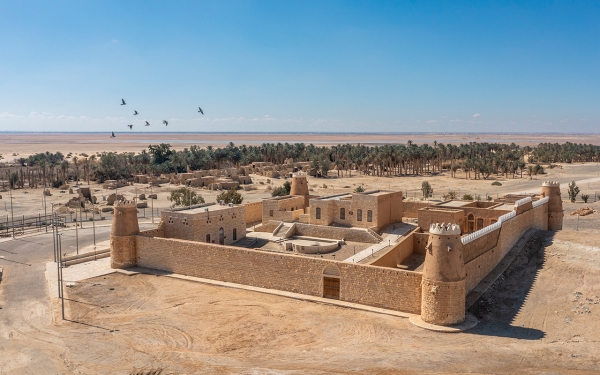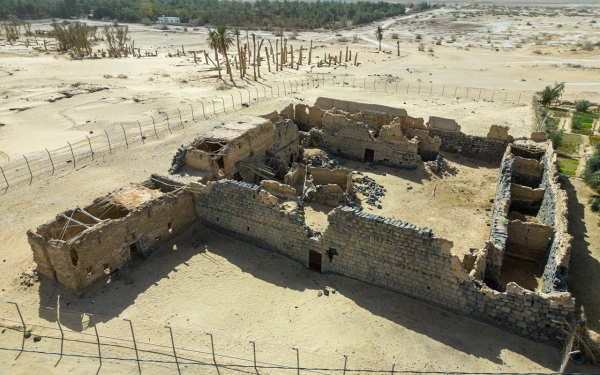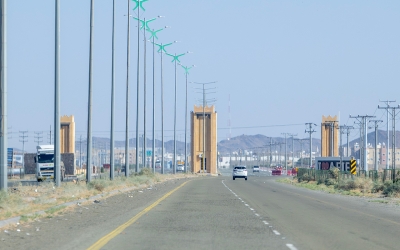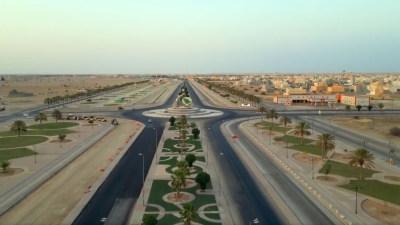



Al-Qurayyat Governorate (romanized: Muḥāfad͟hat al Qurayyāt) is a Category (A) governorate in al-Jouf Province in the northern part of the Kingdom of Saudi Arabia, strategically located on the international road between the Kingdom and Jordan. It comprises seven administrative centers; three Category (A) and four Category (B). It includes al-Hadithah land port, which is located 38.7 km away from al-Qurayyat Governorate, the largest land border port in the Middle East.
Al-Qurayyat Governorate is a hub for regional growth center; it represents the second largest population in al-Jawf Province, where 32.7 percent of the province's population resides. According to the 2022 Saudi Census, the population of al-Qurayyat Governorate is estimated at 195,016 and the governorate is 265 km away from the emirate.
Significance of al-Qurayyat Governorate
Al-Qurayyat Governorate gains its importance from its distinguished location on an international road connecting the Kingdom with neighboring countries. Al-Qurayyat derives its name from the fact that it includes a collection of villages (Arabic: qura), such as Kaf, Athara, Manwa, Ain al-Hawas, al-Qarqar, and others. It is also named Qurayyat al-Milh (salt) due to its saline land. They are also known as Al-Nabk Al-Fawqi and are currently known for olive cultivation.
Al-Qurayyat Governorate is the center of economic activities in the north of the Kingdom, from which the 1,250-km-long railway connecting the north of the Kingdom to the capital Riyadh begins, crossing al-Qassim, Hail, and al-Jawf provinces. The international road connecting the Kingdom to Kuwait, Iraq, Jordan, Palestine, Syria, and Lebanon also passes through the al-Qurayyat’s territory. The governorate also hosts the Qurayyat Regional Airport, located 17.2 km northwest of the city.
Tourism at al-Qurayyat Governorate
Al-Qurayyat Governorate is a historic tourism center in al-Jawf Province. It includes Kaf Palace, which was the headquarters of the emirate in the early days of the Saudi State; Hadithah Emirate Palace; al-Raslaniyah Palace; Um Qusayr Palace; besides several historical villages, such as the archaeological village of Kaf, the villages of Ithra, al-Washwash, Manwa, Ain al-Hawas, and al-Qarqar, in addition to Qasr al-Mithhen and Tal al-Sa’idi.
Related quizzes
Related articles

